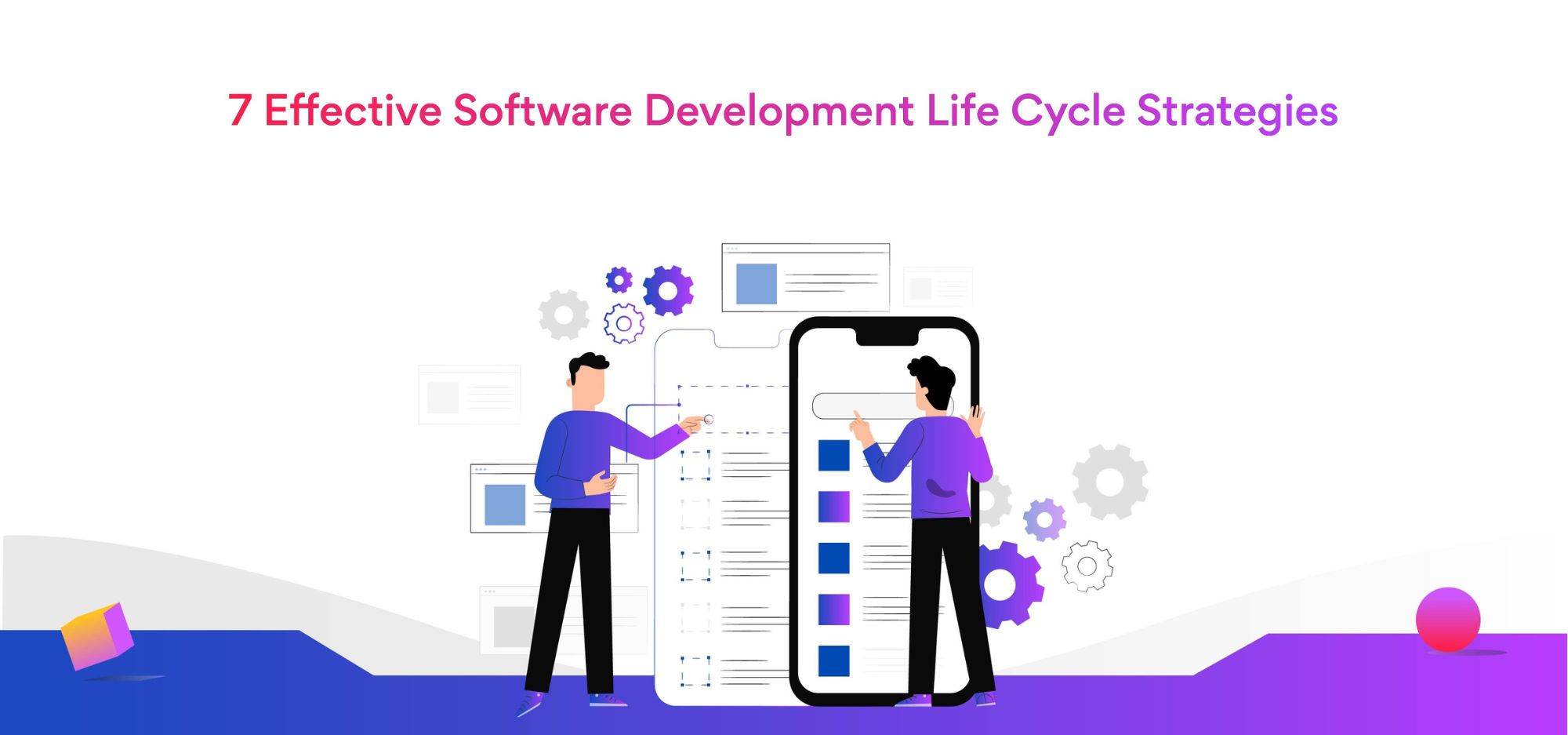7 Best Software Development Life Cycle Management Methods
Global tech leaders have many software development life cycle methods to choose from for their software development processes. Each process comes with its advantages and disadvantages. Tech leaders decide the best process according to various factors and try to maximize the team’s output.
Seven tech leaders, who are also members of Forbes Technology Council, shared the effective life cycle methodologies they use in the software development process.
Let’s take a look.
-
Let the team decide their Software Development Life Cycle (SLDC)
Gavin Hupp of SeaWorld Parks and Entertainment states that he has always empowered his team with Agile principles. However, when it comes to choosing the SLDC, it’s the team that decides. He further adds that as far as the process caters to three basic parameters: stay true to the vision, measure factors such as feedback from customers, and offer scope for constant improvement, any SLDC that the team chooses should be perfectly fine. -
The agile method helps build high ROI
According to Abhinand Chincholi of OneOrigin Inc., the agile approach to a software development cycle is the only sustainable approach. SLDCs that depend only on the feedback from early adopters usually are less effective. Organizations should rely on SLDCs which have active feedback from the customers from time to time. An agile/super agile SLDC with two-to-three weeks sprint) provides customer-centric products thus enabling better ROI. Organizations can enhance by taking feedback at regular intervals rather than taking the feedback once. -
Improving cycles with DevOps
Jason Jantz of ReadyMode says that he is always keen to implement DevOps to improve the software development cycles. He further adds that DevOps can improve teamwork, especially cross-functionally, which helps in process improvement while implementing different perspectives of various members of the teams. -
Custom method: Don’t stick to just one SDLC method
Various factors such as the complexity of the project, timelines, deadlines, size of the team involved, and others affect the choice of SLDC. So, sticking to one method for SLDC can yield poor results, according to Dmitry Baraishuk of Belitsoft.
He says that a team leader should blend in different methodologies to maximize the potential of the software development process. As far as you meet the final goals of client satisfaction and a healthy work environment, any method, no matter if it’s a conventional one or a blend of various methods, works. -
Adapt to the challenges and goals
Steven Gustafson from Noonum says that a technical leader should use common sense. He argues that great software was written even when there were no specific methodologies in place.
The methods of software development life cycle can provide a base and templates for your SLDC. But, it’s up to you and your team to choose the path according to your goals and the challenges being faced. Your team should be responsible to identify what works for the development and improve or remove what’s not working. -
Security should be an integral part of the SLDC
Mohamed Sadiq Ali of AccurKardia emphasizes the need of integrating security into SLDCs. He says that DevOps has established its value, and it’s high time that organizations start realizing the value of security integration in their software development life cycles.
An organization should embed cyber security right from the beginning rather than strengthening the security protocols in the later stages of software development. He also adds that cyber threats are a concern that is not just restricted to nation states but are now every organization’s concern. -
Be flexible, don’t attract conflict, and focus on results
Just like Dmitry, Erin Levine from Berbix believes that organizations should not stick to a particular method just because it worked for the organizations before. Every organization and tech leader should be open to new ideas and strategies.
He also states that having a non-flexible attitude will only attract conflict between team members and affect the quality of results.
Summary
While there are tried and tested methods of how to properly strategize a software development life cycle, these seven leaders show that knowing your team, goals, and other factors such as timeline, requirements, etc., can make a lot of difference.
In addition, if you want a successful and effective SLDC, you should be flexible, open to suggestions from your team, adopt agile methodologies, have a feedback loop from customers, emphasize security, and be flexible while choosing the methods while focusing on the goals.
Are you a tech leader looking to build your dream software development team? Try Turing. With Turing, you can hire the top 1% from a global talent pool of over 3 million software developers who have been rigorously vetted through AI. Head over to the Hire Developers page for more information.
FAQs
-
What are the 7 phases of SDLC?
The 7 phases of the Software Development Life Cycle are Planning, Requirements, Design, Build, Document, Test, Deploy, and Maintain. Depending on the various factors such as team size, the requirement of the software, speed required, etc. a team leader can choose an SDLC of their choice to maximize the results and efficiency. -
What are software development strategies?
Software development strategies can be defined as the process of creating software effectively while ensuring the goals that are to be achieved. It should include exact instructions for the team to streamline the process and maximize the efficiency of the team.
Tell us the skills you need and we'll find the best developer for you in days, not weeks.












